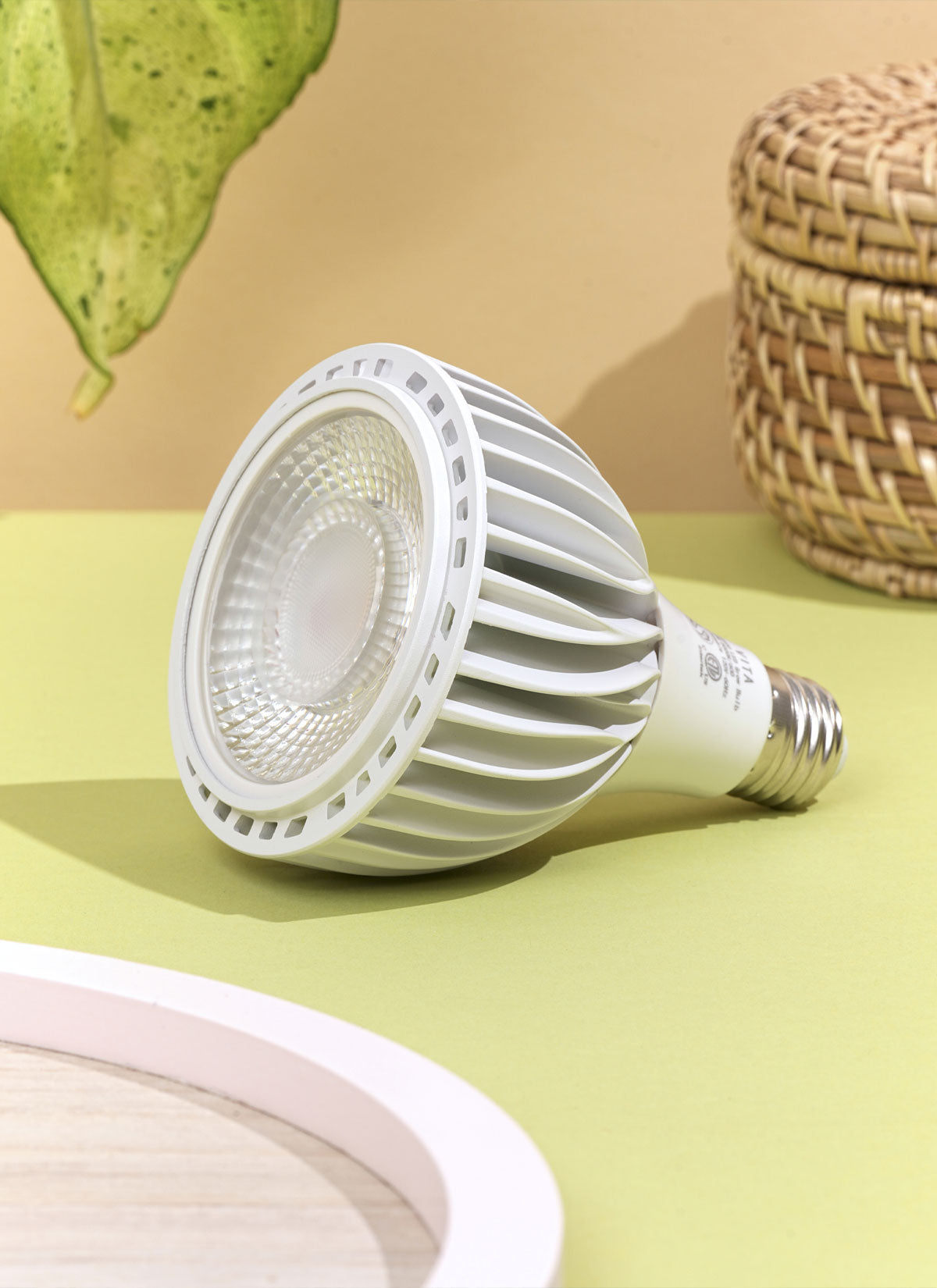Preferred Humidity: 50 - 60%; Moderate Humidity
The health of a fiddle leaf fig plant relies heavily on proper humidity. It's important to remember that fiddle leaf figs do best when the humidity is between 50% and 60%. If the air in your house is dry, you can use a humidifier to make the air around your plant more moist. You can also put your fiddle leaf fig with other plants to make a microclimate with more moisture. Misting the leaves of your fiddle leaf fig is another way to raise the humidity around it. This will help keep the leaves from drying out and keep them moist. Make sure to use water at room temperature and not to mist in the evening, as this can help mold grow. You can also use a pebble tray to increase humidity, in addition to misting. Just put pebbles in a tray and add water until it's just below the pebbles. Make sure the pot doesn't touch the water when you put your fiddle leaf fig on top of the pebbles. As the water dries up, it will make the air around your plant more humid. Make sure your fiddle leaf fig doesn't get exposed to sudden temperature changes or drafts, which can cause the leaves to fall off. Keep your plant away from doors and windows, and don't put it near heaters or air conditioners.




















